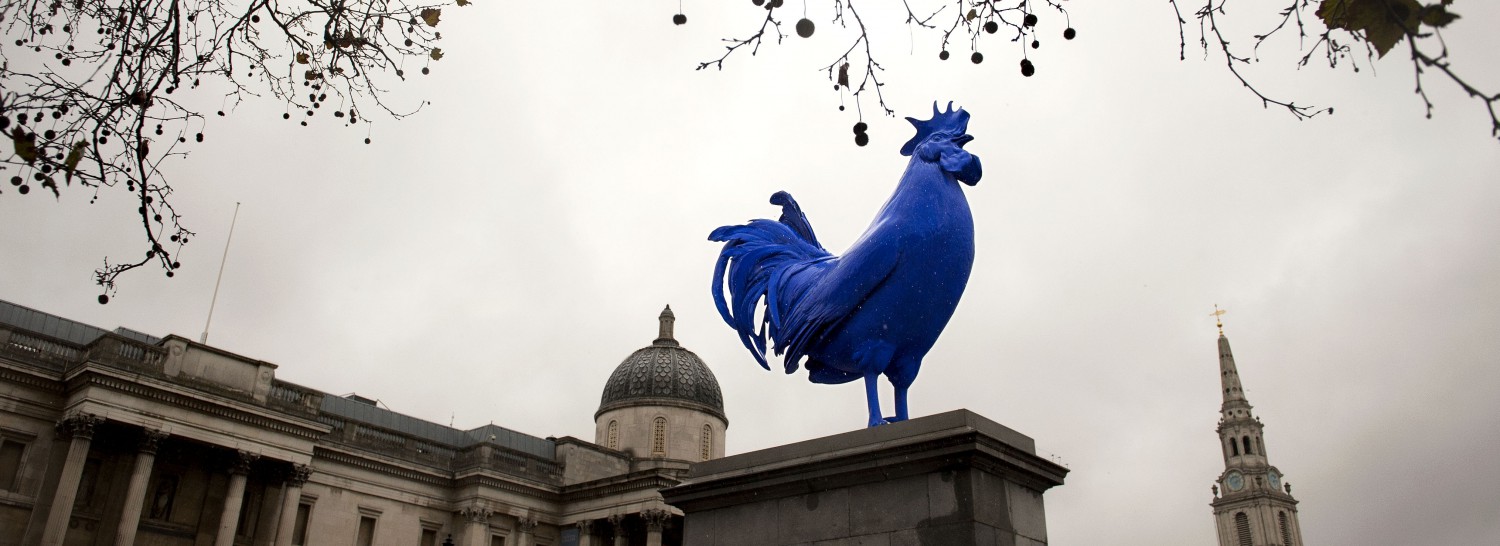Emily Brady
Emily Brady is Reader in Aesthetics and Programme Director at the
Institute of Geography at Edinburgh, and has recently returned to
Britain after a Laurance S. Rockefeller Faculty Fellowship at
Princeton University’s Center for Human Values. Previously, she was
Senior Lecturer in Philosophy at the Institute of Environment,
Philosophy and Public Policy at Lancaster University and Associate
Professor of Philosophy at Brooklyn College-CUNY. Her research
interests range across aesthetics, environmental ethics and
eighteenth-century philosophy, and her work has been funded by the
Arts and Humanities Research Council, the British Academy, the Finnish
Academy, the Carnegie Trust, the National Endowment for the
Humanities, and the British Council.
Visit Emily Brady’s website here.
Presentation:
Can Art Be Sublime?
Wednesday, 23 January 2013
16:00-18:00 at Senate House 261
Abstract: The arts have an ambivalent status in the history of the sublime. Some
theorists have taken poetry, painting, and music to be sublime, while
others have clearly designated the arts as only capable of
representing, conveying, or expressing it, that is, as somehow
derivative of sublimity in nature, whether that be through visual
depictions of sublime phenomena, through the language of poetry and
literature, or through music. In this paper, I draw on the
eighteenth-century view that the arts, on the whole, are not sublime
in the original, paradigmatic sense. I take this view as a starting
point and consider it with reference to more recent debates about art
and sublimity. Paradigm cases of the sublime, I argue, involve
qualities related to overwhelming vastness or power coupled with a
strong emotional reaction of excitement and delight tinged with
anxiety. Because most works of art lack the particular combination of
these qualities and accompanying responses, they cannot be sublime in
the paradigmatic sense.
I propose five interconnected reasons to support my argument. First,
most works of art do not possess the scale of the sublime, that is,
the qualities of size and power which characterize actual sublime
experiences. Their smaller size and scope means that they are limited
in terms of sublime effect. This relates to a second reason: the
formlessness and unbounded character of the sublime is something art
has difficulty substantiating, given its various frames and forms,
settings, and conventions. Third, art lacks the visceral ‘wild’ and
‘disordered’ character associated with dynamically sublime things – at
least where the natural world is concerned. Fourth, artworks, on the
whole, lack the capacity to evoke feelings of physical vulnerability,
heightened emotions, and the expanded imagination characteristic of
the sublime response. Finally, if we take into account the more
metaphysical aspects of the Kantian and Romantic sublimes, art also
struggles to present sublimity as such.
